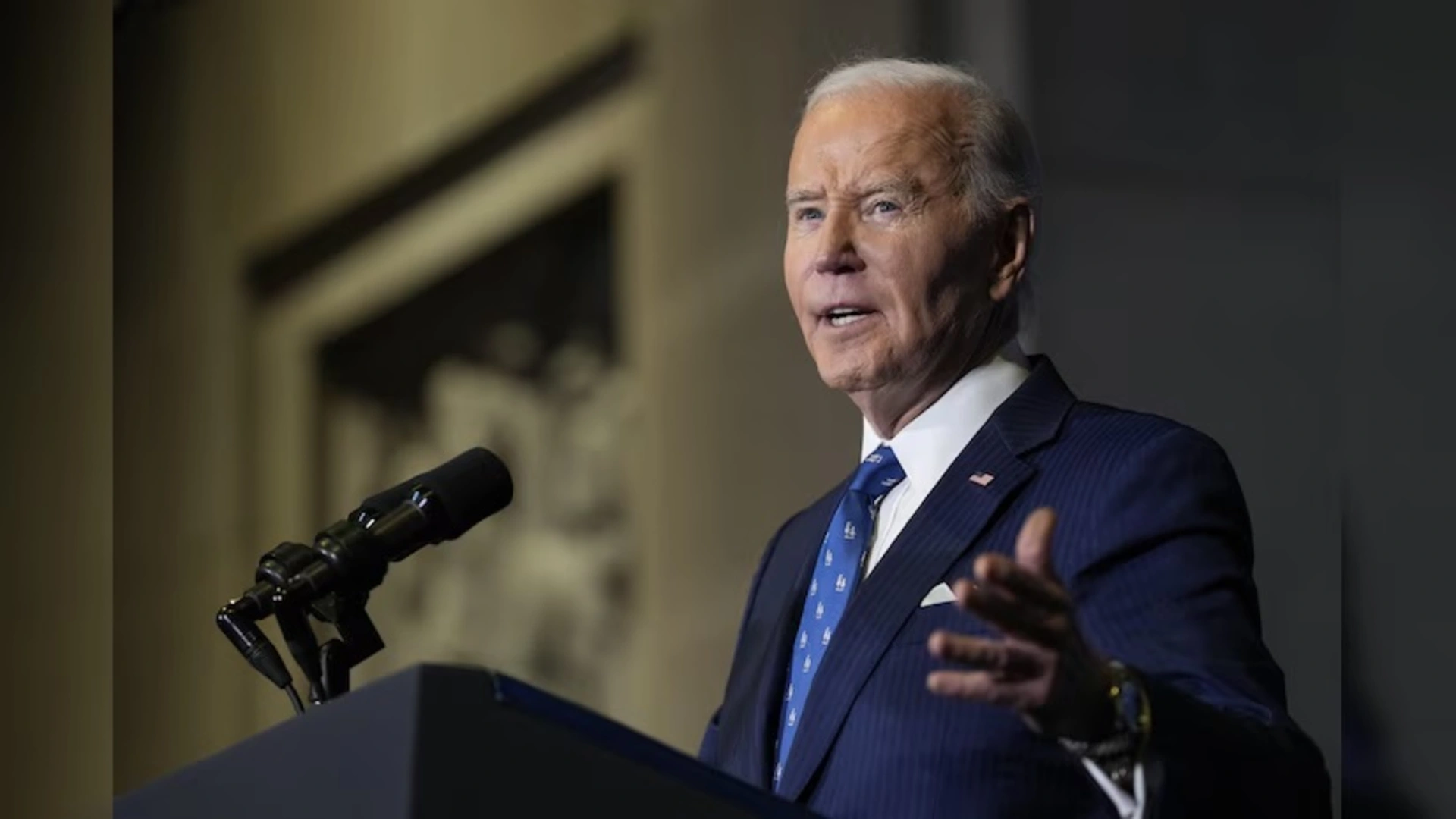
Documentaries are a powerful medium of visual storytelling that connects with audiences in ways that few other forms of media can. They offer an unflinching look at social themes and issues, presenting facts and narratives that are often overlooked or ignored. Despite the potential of documentaries to provoke thought, inspire change, and give voice to the voiceless, India, a country with a rich tapestry of stories and issues, produces relatively few of them. The question is, why?
Lack of financial support and investment
One of the primary reasons for the dearth of documentaries in India is the lack of financial support and investment. Unlike commercial films, which attract significant funding from producers and studios, documentaries often struggle to find backers. Documentaries are not seen as profit-making ventures, and this perception discourages investors. The few that do manage to secure funding often rely on international grants and NGOs, which can limit the scope and scale of the projects.
Limited platforms and distribution channels
The distribution channels for documentaries in India are limited. Theatrical releases for documentaries are rare, and when they do happen, they are often restricted to film festivals and niche cinema circuits. Mainstream cinemas rarely screen documentaries, largely because they are not seen as crowd-pullers. Television networks, which could be a potential platform for documentaries, prefer airing more commercially viable content like soap operas and reality shows. Even online streaming platforms, though growing, have yet to prioritise documentaries to the extent seen in Western countries.
Censorship and political pressure
Censorship and political pressure pose significant hurdles for documentary filmmakers in India. Documentaries that tackle controversial or politically sensitive topics often face scrutiny and censorship from the authorities. Filmmakers risk their work being banned or heavily edited, which dilutes the impact and message of the documentary. The fear of backlash or legal consequences discourages many from venturing into this space. This atmosphere stifles creativity and prevents filmmakers from exploring critical social issues.
Lack of awareness and appreciation
There is a general lack of awareness and appreciation for documentaries among the Indian audience. Documentaries are often perceived as dull or educational rather than entertaining. This misconception prevents many from engaging with the medium. The Indian education system, which could play a role in fostering an appreciation for documentaries, often overlooks this powerful form of storytelling. Without exposure and education, audiences are less likely to seek out and support documentary films.
Challenges for Independent Filmmakers
Independent filmmakers who choose to create documentaries face numerous challenges. From securing funding to navigating distribution and dealing with censorship, the path is fraught with obstacles. Many talented filmmakers are dissuaded by these challenges and opt for more commercially viable projects. The few who persevere often do so at great personal and financial risk. This environment does little to encourage the growth of documentary filmmaking as a respected and viable career path.
The Significance of Documentaries
Despite these challenges, the importance of documentaries cannot be overstated. They serve as a mirror for society, reflecting the realities that often go unseen or unspoken. Documentaries can ignite social change by highlighting issues such as poverty, inequality, environmental degradation, and human rights abuses. They provide a platform for marginalised voices and foster empathy and understanding among viewers.
For Indian youth, documentaries offer a unique opportunity to engage with social issues and contribute to meaningful discourse. They can harness the power of visual storytelling to raise awareness, challenge stereotypes, and inspire action. By understanding the significance and potential of documentaries, the youth can play a pivotal role in transforming the landscape of Indian cinema.
Encouraging documentary filmmaking
To foster a vibrant documentary filmmaking culture in India, several critical steps can be implemented. Firstly, increasing funding and grants dedicated specifically to documentary filmmaking is essential. This can be achieved through collaborations involving government bodies, private institutions, and international organisations, pooling resources to provide the necessary financial support.
Secondly, integrating documentary filmmaking into educational curricula from an early stage can cultivate a deeper appreciation for the medium among students. Conducting workshops, seminars, and establishing film clubs can further stimulate interest and nurture budding documentary filmmakers.
Thirdly, expanding distribution channels is crucial. By forging partnerships with cinemas, television networks, and online platforms, documentaries can reach wider audiences. Special screenings and hosting documentary film festivals also play pivotal roles in raising visibility and garnering support.
Ensuring the protection of artistic freedom is equally vital. Legal reforms and advocacy efforts must safeguard documentary filmmakers’ rights to explore sensitive subjects without censorship or political interference.
Lastly, launching public awareness campaigns is essential to educating the public about the value and impact of documentaries. Showcasing successful documentaries and their contributions to societal issues can inspire greater interest, support, and investment in the documentary filmmaking ecosystem. These concerted efforts are key to nurturing a robust and thriving documentary filmmaking culture in India.
Conclusion
The potential of documentaries to serve as a powerful tool for social change and storytelling in India remains largely untapped. By addressing the challenges faced by documentary filmmakers and fostering a supportive environment, India can unlock a treasure trove of stories that deserve to be told. The Indian youth, with their creativity and passion, hold the key to this transformation. Embracing and championing documentaries can not only enhance the socio-cultural landscape of the country but also position India as a global leader in impactful visual storytelling. In fact, one possible approach could be Bollywood establishing an institution and collaborating with distributors to support independent ventures, including documentaries. By allocating a small portion of the substantial profits earned by major commercial films, we can nurture these documentaries and independent films. Over time, this investment will enhance the documentary landscape in Indian filmmaking and foster a symbiotic relationship between commercial blockbusters and narrative-driven documentaries. This institutional approach holds great promise for achieving significant outcomes.
Sumit Kaushik, a PhD candidate at O.P. Jindal Global University and a social impact consultant
Anhad Mishra, a filmmaker and writer















